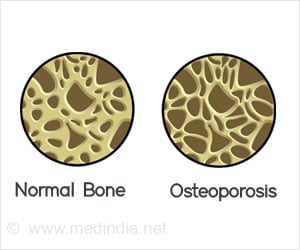Dr. Frank Sacks, chair of the DASH (Dietary Approaches to Stop Hypertension) says by reducing salt intake and following a good diet pattern are as
Dr. Frank Sacks, chair of the DASH (Dietary Approaches to Stop Hypertension) says by reducing salt intake and following a good diet pattern are as effective in decreasing blood pressure as antihypertensive medications.In addition, following these dietary guidelines could lead to a 20% decrease in the prevalence of heart disease and a 35% decrease in the prevalence of strokes.
The DASH-Sodium study included 342 people. More than half of the participants were women and 41% of them had hypertension. One group of participants were placed on the DASH diet, which is high in vegetables, fruits, low-fat dairy foods, poultry, and fish and low in sweets, red meats, fat, and cholesterol. The other group were assigned to receive one of three sodium levels in their diets: high (3300 mg per day), intermediate (2400 mg, the standard recommended amount), and low (1500 mg).The study found that the greatest blood pressure reduction occurred when the lowest sodium intake was combined with the DASH diet. This combination worked best for all population groups in the study. Study participants on this regime experienced an average drop of 8.9 points in systolic pressure (the top number in a blood pressure reading) and 4.5 points in diastolic pressure (the lower number).
Dr. Eva Obarzanek, a nutritionist with NHLBI and project officer for the DASH-Sodium study, agrees that the current recommendation of 2400 mg per day may need to be lowered. In order to lower sodium intake, Dr. Obarzanek recommends that people cut down on processed foods, and to use spices instead of salt to flavor foods, and remove the salt shaker from their tables. She calls upon the food industry to reduce the amount of salt added to food products and to make more low-salt food items available.





